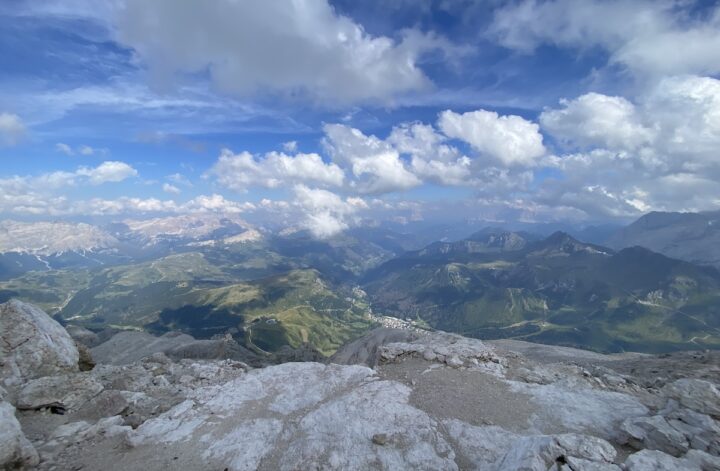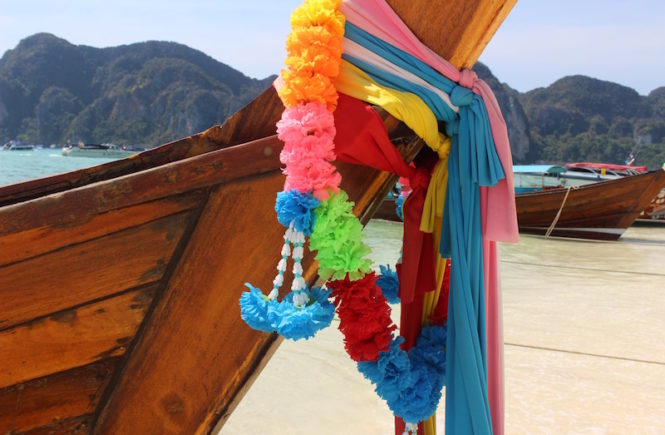Heading out on a 3-4 day hike and wondering what your hiking packing list should include? Here’s all you need to know, as well as some of my favorite hiking gear recommendations, especially for my ladies.
You can also adapt this list easily for a shorter or longer hike, as well as a camping trip. Of course, make sure you do your research and understand what the huts provide as well as where you might be able to restock on water, food or other supplies. And always check the weather, but never trust it. Hiking, especially in the mountains, can be very unpredictable. Be prepared.
I’ve also done some traveling where we’ve stayed at hotels or lodges along the way. You can easily adapt this list for those experiences too. I tend to pack a bit lighter in these scenarios as the accessibility to drinking water, food and showers is better.
You can also skip the read, and start packing with this list in Google sheets right away.
Hiking packing list
First, drop the non-essentials
Layering is key to a successful hiking packing list. Remember that every item should add value, and don’t bring any non-essentials. What might those be? Well for hut hiking you often don’t need your own sleeping bag or pillow. If you plan to shower, it’s often possible to rent towels, or just skip that – embrace the outdoors. And of course, no makeup.
Remember that the lighter your pack, the easier the journey will feel. Always ask yourself, do I really need this?
The outer layers
When it comes to your hiking packing list, the technical layers are the most important. I’d recommend investing in rain gear and a puffy jacket. These outer layers can last a lifetime, and quality really does matter when it comes to staying warm and dry.
- Rain jacket / shell – even if you don’t expect rain, a shell layer like a waterproof rain jacket is a must. A rain jacket is excellent for strong winds, cold or the surprise hail storm. Be sure it fits over your puffy jacket easily. You may need to wear all your layers at once. I love my Northface rain jacket.
- Rain pants / shell – like the rain jacket, rain pants or wind and waterproof pants come in handy all the time. I got mine from REI. Especially if you like to hike in leggings or shorts, your legs can get cold at altitude or if the wind picks up. Rain pants are easy to throw on at a moment’s notice to keep you warm and dry.
- Puffy jacket – Down is best, as it keeps you warmest. You can also use your puffy jacket as an extra pillow. Just fold the jacket into the hood and rest easy. Columbia, Northface, MountainHardwear and even Amazon or Uniqlo make great options.
- Mid layer – This is usually a fleece or wool top. I actually need to invest in a new one myself. Many prefer wool but personally I find it itchy.
- Thin long sleeve top – My favorite are Heattech from Uniqlo. These tops are great for lifestyle and for hikes. They are super lightweight and breathable, so you can wear them in the sun or cold and remain totally temperature-controlled. You can also bring a slightly thicker one if the forecast is expected to be colder. Heattech comes in so many different weights, it’s easy to find one that’s perfect.
- Leggings or hiking pants – I tend to wear my Lululemon leggings. I hate loose clothing when I hike. But, leggings don’t keep your legs as warm and can get smellier more quickly. You choose! Many love hiking pants that unzip to shorts – 2-in-1.
Note on shorts. If the trail has a lot of sharp edges, trees or bugs, shorts tend to be a poor choice. But it’s up to you what you’re most comfortable in. Just be prepared for some knicks and bruises.
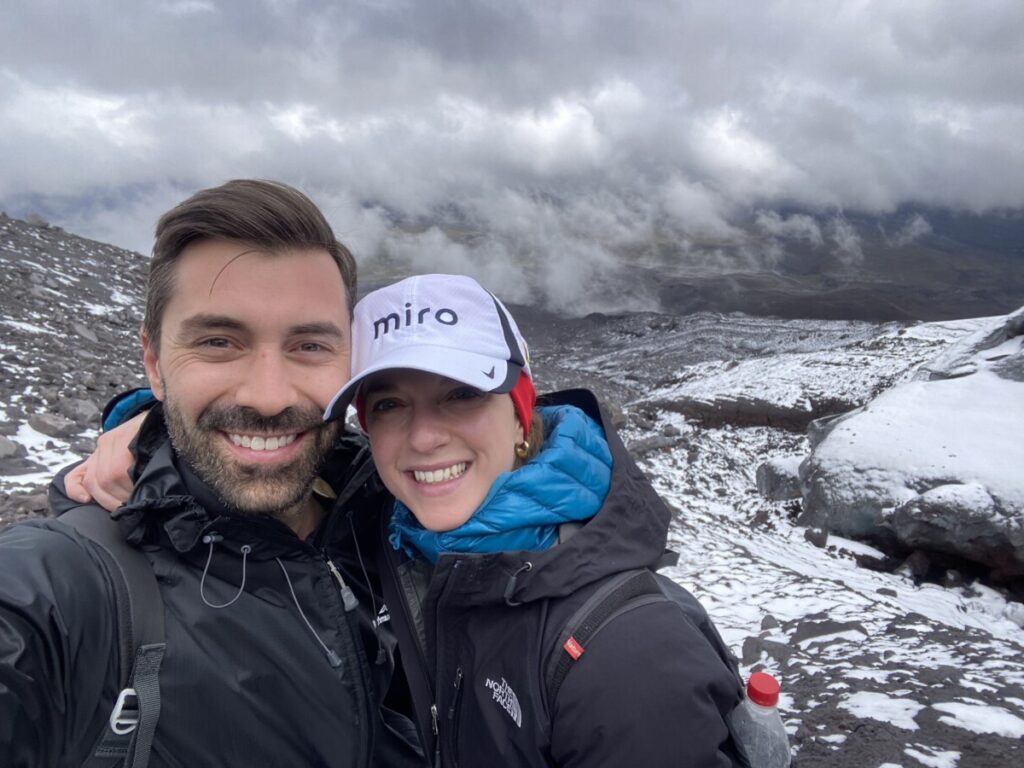
The base layers
- Underwear – I tend to bring one pair per day, unless I know there will be running water or fresh water available. In that case, I might rinse a pair in the sink or the lake. Every gram counts when packing!
- Socks – For a 3 or 4 day hike, I’ll pack just 2 pairs of socks, no more. Some of my friends also wear sock liners. This way your socks stay fresher and you can pack something a bit lighter than an extra pair of hiking socks. My favorite socks are Smartwool. There’s nothing better! Just make sure they are the right thickness for the season, your feet can easily get too warm or cold easily. When it’s cold I tend to just bring my ski socks.
- Sports bra – I tend to hike only in a sports bra, so I’d bring 2. This is the piece that rubs against your body most and ends up the smelliest. It’s nice to have a fresh one for at least one of the days.
- Dry wicking shirts – Please no cotton. Bring proper sports shorts to prevent the stink. I often bring just one shirt for a 3-4 day hike. I pop this over my sports bra if I’m noticing any chaffing or sunburn or if it’s a bit chillier, but I’m not quite ready for a long sleeve.
Footwear
- Hiking boots – Hiking boots can last you many years, so this is an item you want to pick out wisely. Everyone is different when it comes to hiking boots, some prefer hiking shoes or even trail runners. Personally, I have some foot issues and prefer to have ankle support and some added cushion on the trail. Almost all my friends and I have the Lowa Renegade Hiking Boots.
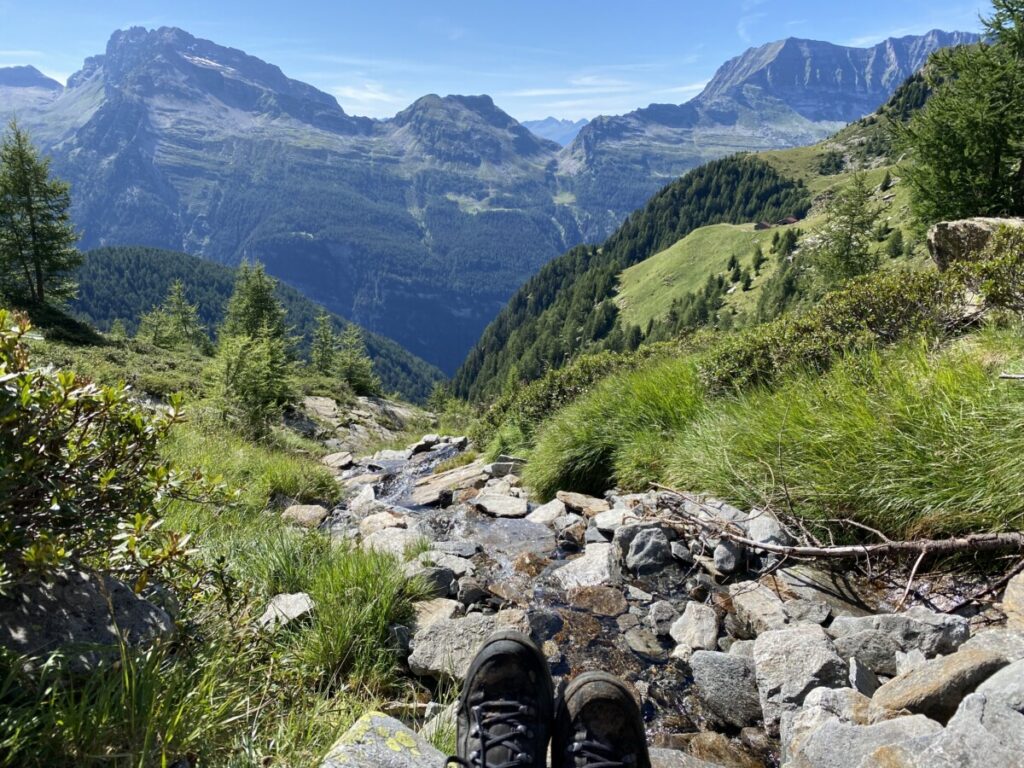
Accessories
- Sunhat – A hat with a brim to protect yourself from the sun, a baseball hat usually does the trick.
- Beanie – A warm hat for inclement weather. As humans we lose 40-45% of our body heat through our head. A beanie is a must-pack.
- Gloves – You may never need these, but some mornings can get cold on the trail. They are light, so pack them if there’s a chance of cold weather.
- Buff – A buff can really come in handy in the cold, but also for beating sun and dust. Great to block your nose and mouth when the trail gets dusty or the wind picks up.
- Sunglasses – At altitude the sun can get really intense. Protect your eyes.
The gear
- 36L backpack – I love my 36L Osprey backpack. Osprey is the best brand if you ask me, but do your research and find what you like. 36L tends to be the perfect size for a hut-to-hut hike and you can often make it work for a shorter camping trip as well, using the outer pockets and straps for your sleeping gear and tent. This is an excellent investment.
- Pack cover – Most backpacks come with a cover for rain. If not, be sure to bring a trash bag, this tends to work just fine. It sucks if it begins to rain and everything in your bag is soaked for the rest of your hike.
- Dry bags / stuff sacks – These are bags that tend to be waterproof if closed correctly, that you can stuff all your stuff into. Hence the clever name. I tend to bring a couple with me of various sizes and pack everything inside. This keeps my pack more organized. Food, clothing, electronics and toiletries is a good organization principle. My favorite dry bags are also from Osprey.
- Sleeping bag liner & pillowcase – for hut hiking it is often required to bring a sleeping bag liner. Don’t make the mistake I did of packing your sleeping bag instead. This is simply a waste of weight. The sleeping bag liners are super thin and light, and the huts generally provide enough warm blankets, a mattress and pillow.
- Hiking poles – Hiking or trekking poles can dramatically reduce the weight on your knees. I love my collapsable poles. Depending on the terrain, e.g. if I know there is a lot of vertical gain and steep descents, I certainly bring them. Hiking poles can make the whole experience so much more manageable.
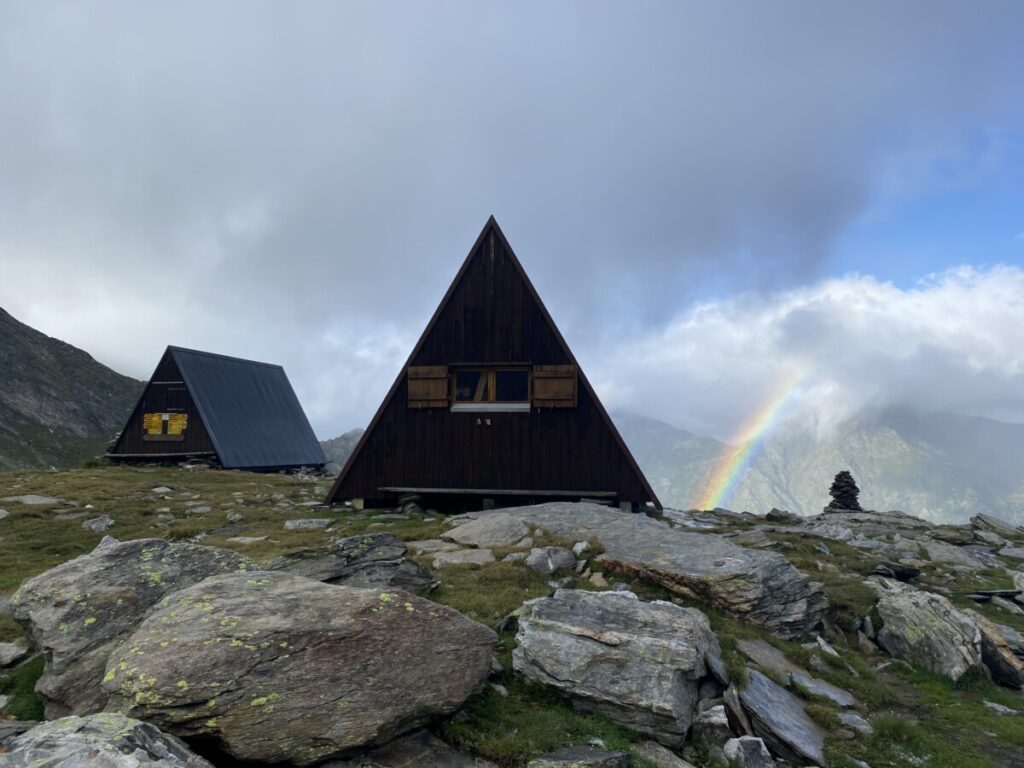
The essentials
Often the essentials are what people forget on their hiking packing list. Be sure to prepare!
- Toilet paper – Enough said. Just make sure to pick up after yourself. Toilet paper is always covering trails, and it’s a shame. Toilet paper is trash too.
- Sunscreen and insect repellant – Stay safe out there!
- Medical kit – Various supplies like Bandaids, blister kits, Advil, Tylenol, etc. Be prepared for something to go wrong and for some aches and pains to pop up. One like this is great.
- Headlamp – Sometimes you may need to start or end your hike later than planned. Headlamps are great to keep you safe. They are also useful late at night for reading or going to the bathroom. For for a rechargeable headlamp if you can!
- Toothbrush and toothpaste – Some hygiene may slip during the hike, but brushing your teeth still feels essential in my book.
- Sleeping mask and earplugs – Even if you don’t use them at home, hut sleeping can be noisy and bright. Getting a good night’s sleep is not a luxury, it’s a must. Prepare for the worst. Loop earplugs are great for sleeping, as well as festivals. And here’s my favorite sleeping mask.
- Phone charger / Power bank – Depending on the sleeping arrangements and how much you rely on your phone for the trail maps and photo ops, you’ll want to bring your own power supply. Don’t expect the huts to have this.
- Cash – Sometimes there are fees for certain hiking areas or the huts. Bring cash to be prepared.
Food & water
- Food – Food and water can weigh a lot. Of course, you need snacks and supplies, but repack containers as much as possible to reduce the load. And only bring what you need. If you are hut-to-hut hiking this can mean you need some dehydrated meals, or that you’ll get meals there. Try to pack a mix of salty and sweet.
- Water – Check the duration of your hike and adjust accordingly. If possible look into where you can refill your water. In a hut-to-hut hike this is usually, but not always possible. Do your research and be prepared.
- Camelbak – I love my Camelbak. Definitely a must-bring on any hike of any duration for me. It makes drinking while walking so easy, and disperses the heaviest weight better in your pack. Go for a 2-3 L Camelbak bladder.
- Trash bags – Good to have a bag to collect all your trash. Leave the trail as you found it. Extra Ziploc bags tend to help here.
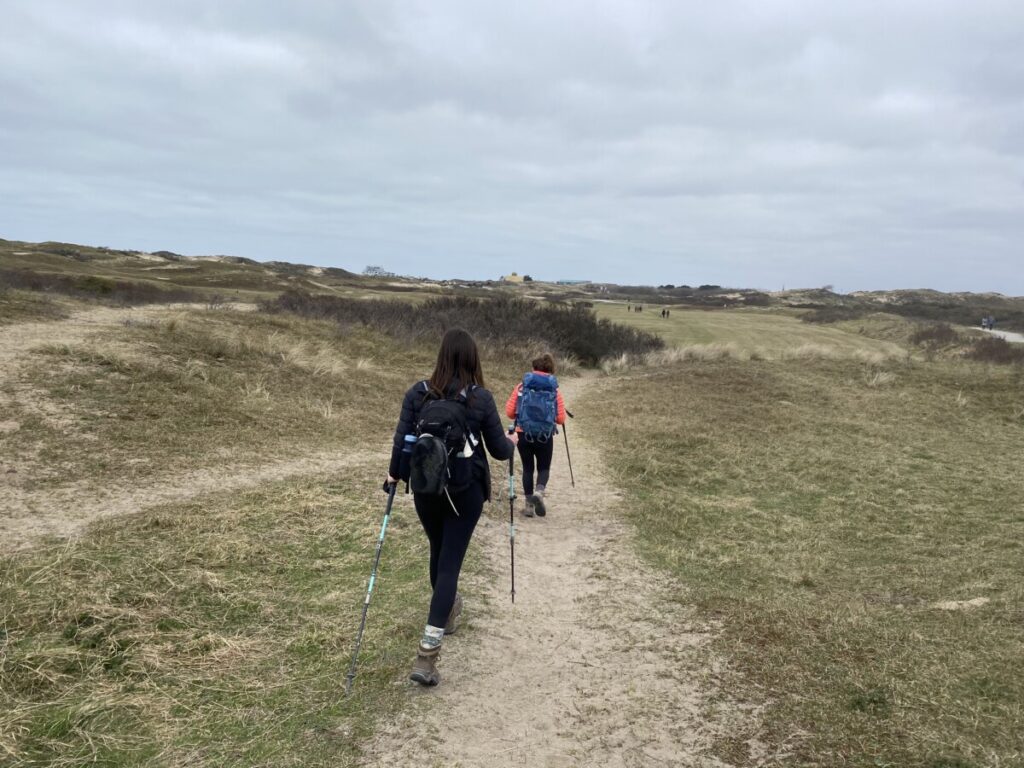
Splurge items
These items are totally optional parts of your hiking packing list, but can be fun additions.
- Camp shoes – If you do want something to slip on, a lightweight shoe with a sturdy bottom is best. Many people use flip flops or Crocs. I also have these cozy slippers for particularly cold hikes.
- Sleep clothes – After a long day of hiking it can feel really nice to cozy up in your favorite oversized concert tee or leggings. Just remember not to overdo it on the weight.
- Kindle or a book – Kindle is best, they tend to be lightest!
- Cards or a game – After dinner in a cozy mountain hut is often a great time to play some games with friends. Choose just one to keep the pack light. We really love Monopoly Deal.
- Microfiber towel – If you want to wash your face, take a shower or go for a dip, a microfiber towel can be very useful. They even make super thin lightweight microfiber towels for hikers.
- Electrolytes – After a long day of hiking you might want to replenish your electrolytes. I love LiquidIV most.
Google Sheets hiking packing list
Here’s a version of my hiking packing list in Google Sheets. Just copy for yourself to prepare for your hike.
That’s a wrap
This is what to pack for 3 or 4 days of hut hiking. If you are extending your trip or sleeping in a tent, you can easily adjust this list accordingly. I tend to bring slightly more of my base layer as well as food of course. But the rest of the list stays pretty much the same. You’ll also need your backpacking tent, sleeping bag, sleeping pad, cooking gear and utensils. Beware, the pack can get very heavy, very quickly.
Now that you have your hiking packing list, where will you go?
The Dolomites in Northern Italy and The Fishermen’s Trail in Southern Portugal are two of my favorite hut hikes in Europe. I also recently hiked for a few days in Cotopaxi, Ecuador (Basecamp and Pasachoa Summit) and the Acatenango and Fuego hikes in Guatemala (post to come!).
